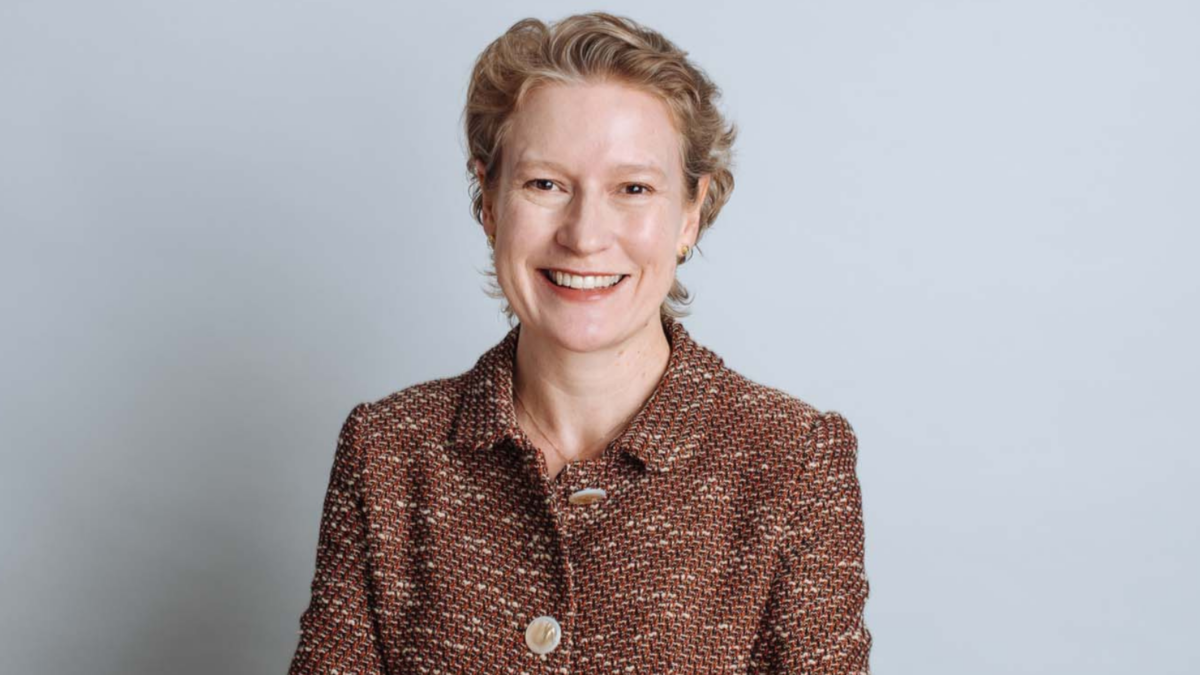Changing face of emerging markets investing
(Pictured: Sue Wang)
While the sell-off in emerging markets last year has prompted renewed interest from value-oriented investors, Mercer Investment Consulting has cautioned that there has been increased dispersion between markets and also, in the case of equities, within markets.
In a recent presentation on EMs, Mercer consultants Sue Wang and Simon Calder said the firm remained positive on the investment outlook but investors shouldn’t expect the same outperformance as the previous decade.
And there was more reason than ever to favour active management, especially managers who embrace both top down and bottom-up perspectives. This was crucial to exploit the growing pockets of value and opportunity, they said.
Wang, a fixed interest specialist, said emerging markets could no longer be viewed as a “collective”. Mercer splits them into three categories:
> low-risk countries, such as Mexico, Nigeria and Poland
> high-risk countries “with serial mismanagement of the economy”, such as Ukraine, Venezuela and Argentina which had a “willingness-to-pay problem”, and
> the “fragile five” – India, Brazil, Indonesia, South Africa and Turkey, which Wang said needed to become “the frugal five”.
“Although I hate the term, we are cautiously optimistic about a lot of emerging markets,” she said. For bond markets in local currencies, which is how most investors invest because of the extra potential performance, Indonesia, Turkey and South Africa showed the most negative returns in the period between last May and the end of January, while Hungary, Nigeria and Romania showed small positives.
But last year’s sell-off had improved the overall relative value of EM debt compared with investment grade and high yield bonds, Wang said.
For equities, Simon Calder said, most common valuation metrics, such as relative earnings yields, paint a picture that EMs were looking attractive after three years of under-performance. But that was a bit simplistic.
“The devil is in the detail,” he said. “The EM equity index contains a lot of cyclicals, financials and Russian gas companies which have macro issues… There are other sectors which are actually trading at a premium to developed markets.”









